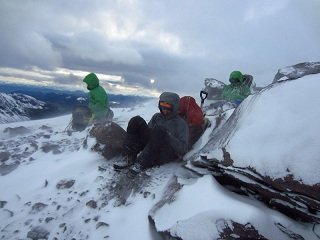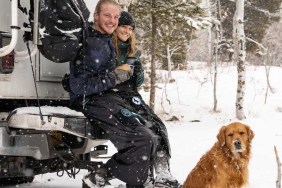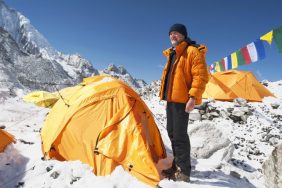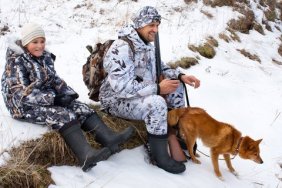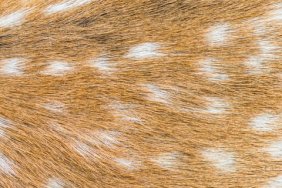 Battling the elements can be a full-time job when nature is concerned, especially when winter arrives in full force. This is, however, a battle best fought with an arsenal of clothing layers at your disposal. Layering is a crucial part of enjoying the winter weather while on the trail. Knowing how to properly layer will protect you from the elements and will offer options for quick adjustments to changes in temperature. One crucial thing to keep in mind is that each layer has a purpose—a function. To learn more about the basic layers associated with colder weather, keep reading!
Battling the elements can be a full-time job when nature is concerned, especially when winter arrives in full force. This is, however, a battle best fought with an arsenal of clothing layers at your disposal. Layering is a crucial part of enjoying the winter weather while on the trail. Knowing how to properly layer will protect you from the elements and will offer options for quick adjustments to changes in temperature. One crucial thing to keep in mind is that each layer has a purpose—a function. To learn more about the basic layers associated with colder weather, keep reading!
I’d like to start things off by working from the inside out, which means beginning with the base layer. A solid base layer will help manage moisture by moving perspiration away from your skin, which keeps your body temperature regulated. Staying dry will help avoid hypothermia, which I think we can all agree is a plus. To accomplish this optimally, steer clear of cotton materials that retain moisture. Look for materials like merino wool or synthetic fabrics, which wick moisture away from your skin. This allows you to stay dry, even when you sweat, and causes perspiration to evaporate without building up.
Next up is your mid-layer, which will serve as your means of insulation when temperatures dip low. Mid-layers should retain heat close to your body and help maintain a healthy core temperature. Natural fibers such as wool and goose down are excellent insulators, along with merino wool, which offers soft, reliable warmth and continues to insulate even when wet. For very cold and dry conditions, goose down is best because it offers an unrivaled warmth-to-weight ratio and is highly compressible. One drawback to down, though, is that it must be kept dry to maintain its insulating ability. You can also go with fleece, which is less compressible than down, but is lightweight, breathable, and insulate even when wet.
Lastly, your outer layer, or shell, is your first line of defense against wind, rain, or snow. Commonly, shells are available in the form of large jackets or lighter waterproof jackets, but ultimately, their main function is to keep you dry and warm. They tend to offer ventilation, which allows sweat to evaporate properly. Try to keep in mind, when choosing a shell, that it will need to be able to fit over your other layers and still allow enough room for your to move around without restriction.
With the proper application of functioning layers of clothing, the weather won’t be more than a minor thought the next time you hit the trail this winter. Look for reliable materials and don’t be afraid to spend a little more for quality. Trust me, when you’re facing horizontal snow and freezing temperatures, you’ll be glad you did.
